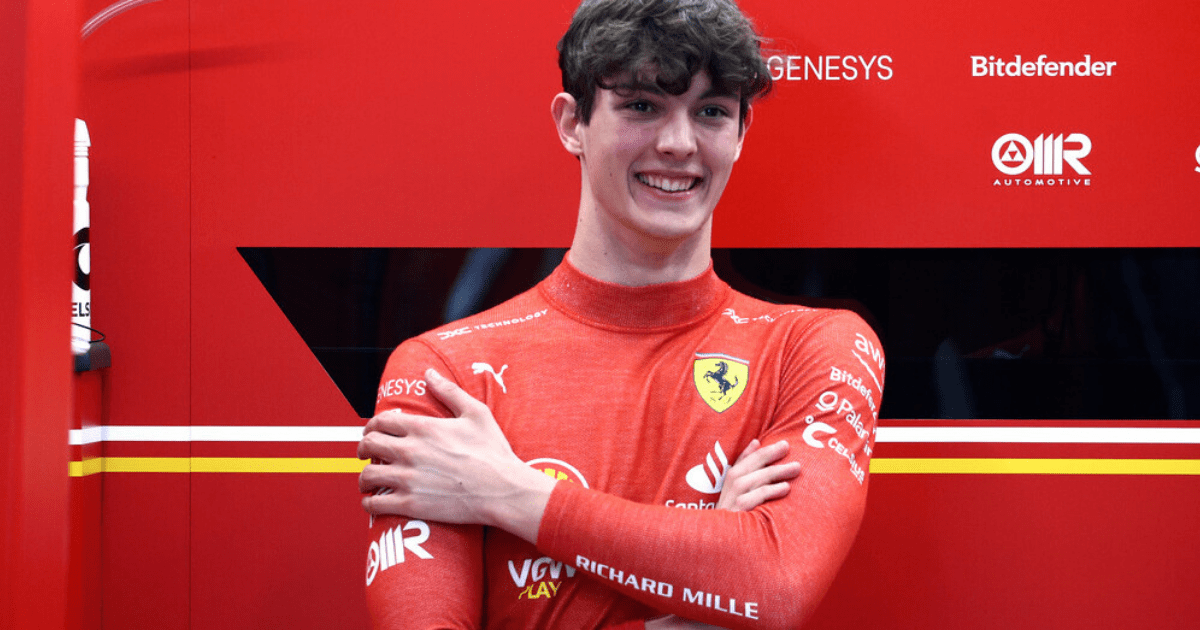Lewis Hamilton lends a hand
Lewis Hamilton came to the aid of struggling 18-year-old F1 newcomer Oliver Bearman after his impressive debut at the Saudi Arabian Grand Prix. Bearman, who replaced Ferrari's Carlos Sainz for the race, finished in seventh place but needed assistance from Hamilton to exit the car due to the physical toll of the event.
Rising star in the making
Bearman, the youngest Brit to secure a spot on the F1 grid, showcased his talent and composure on the track, despite the challenging conditions. He expressed gratitude for the opportunity to compete against seasoned drivers and remained focused throughout the race.
Future prospects
With his sights set on a regular spot on the grid for the upcoming seasons, Bearman, who is currently a reserve driver for Ferrari and Haas, is poised to make a significant impact in the world of Formula One. His performance at the Saudi Arabian GP has garnered attention and praise, indicating a promising career ahead.
Frequently Asked Questions
What is the price for a Formula 1 engine?
The Formula 1 engine is one of the most complex pieces of equipment in the sport. Teams can spend up to $10 million just on the engine, which is the cost of the technology and performance required to compete at the highest levels.
Do transport and logistics costs play a significant role in Formula 1’s cost?
Transport and logistics are crucial and expensive aspects of Formula 1 racing, involving the shipment of cars, equipment, and personnel around the world. Teams can spend up to $10 million on logistics per season, but larger teams may have higher costs.
How much will a Formula 1 team have to spend if they suffer a crash?
The financial impact of an accident in Formula 1 depends on the severity. Minor incidents can cost tens of thousands of dollars in replacement parts, while more significant crashes can result in expenses over $500,000. Costs can reach $1 million in extreme cases, especially when a new chassis or other major components are required.
Can Formula 1 teams buy vehicles from competitors?
Formula 1 teams typically design and construct their own cars. They can, however, purchase certain components such as powerunits and gearboxes from competitors. However, regulations require that specific parts like the chassis and aerodynamic surfaces be proprietary to ensure competitiveness and diversity within the sport.
Statistics
- The average cost to construct a Formula 1 car chassis is estimated to be between $10 million and $15 million.
- Sponsorship deals are critical in Formula 1, with major title sponsorships sometimes contributing tens of millions of dollars to a team’s budget.
- The budget cap introduced in Formula 1 for the 2021 season was set at $145 million, which is aimed to level the playing field.
- A Formula 1 car’s carbon fiber body parts, essential for performance and safety, contribute significantly to the overall production costs of the vehicle.
- The financial cost of a Formula 1 car crash can range from a few tens of thousands to over $1 million, dependent on the extent of the damage.
- Pirelli F1 tires cost around $2,700 each, resulting in a set of four tires costing approximately $10,800.
- Wind tunnel testing costs in Formula 1 can be as high as $100,000 per day, which is a critical part of car development.
- Hosting a Formula 1 Grand Prix can cost a hosting circuit more than $70 million, including the sanctioning fees and the cost of preparations.
External Links
races.ferrari.com
jamesallenonf1.com
theverge.com
skysports.com
autosport.com
pirelli.com
planetf1.com
redbull.com
How To
How to Monitor Formula 1 Teams Expenses throughout the Season
Implementing a robust system of financial management will allow you to monitor Formula 1 teams’ expenses effectively during the season. This system needs to track all expenses compared to the predefined budget. Schedule regular finance team meetings to assess budget adherence, and identify areas of over-spend. Keep an eye on the costs of development, production, repair and logistics. Examine expenses for each race after the event, since each may be unique. Adjust the budget for the remainder of the season to account for any potential savings or unexpected costs.

